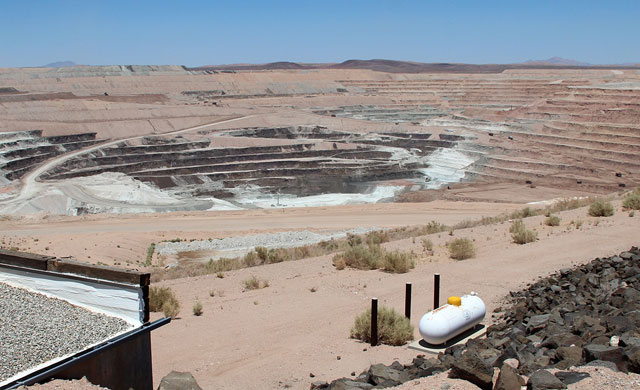Before I post analyses of Caledonian Trust, J Smart and Co, Haynes and Arden Partners I thought I’d finish off the series of newsletters on the principles of share valuation. Today, how value can be different if managerial control is achieved through a merger. Tomorrow, the problems with using EBITDA as a valuation tool.

Different values
The value of a share can change depending on whether the purchaser gains a controlling interest in the firm. The purchase of a single share brings a stream of future dividends without any real influence over the level of those dividends.
But control of a firm by, say, purchasing 50% of the shares, permits the possibility of changing the future operations of the firm and thus enhancing returns. A merger may allow economies of scale and other synergies, or future earnings may be boosted by the application of superior management skills.
The difference in value between a share without management control and one with it helps to explain why we often witness a share price rise of 30–50 per cent in a takeover bid battle. There are two appraisals of the value of the firm, both of which may be valid depending on the assumption concerning managerial control.
Valuation models and managerial control
The merger of Anheuser-Busch InBev with SABMiller provides an illustration of a possible use of the income flow model (see January newsletters) when managerial control is obtained. In 2015 AB InBev, when it announced the bid, claimed that by buying SABMiller it could cut costs by at least $1.4bn per year starting four years after taking control.
These cost reductions were to come mostly from job cuts, particularly through integrating corporate and regional headquarters, and from savings in procurement, brewing operations and distribution.
In addition to the cost savings AB InBev was thought to be eyeing some strengthening of market power, particularly increasing its grip on the Latin American market. The combined firm could also more effectively expand in the rising markets of Africa. It would supply one in four beers globally.
However, to complete the takeover it paid around £1.5bn in fees to banks, other financial institutions and lawyers, as well as $475m in stamp duty – we’ll round those costs up to a total of $2bn.
In the absence of a takeover the value of a share in either company is the discounted value of all future dividends:
Price = next year’s dividend divided by (required return on equity minus expected annual growth in the dividend)
This is where the dividend and the growth rate of the dividend are generated by the existing structure and strategy.
Alternatively, we could examine the entire cash flow of the company (available to be paid out to shareholders after maintaining the firm’s competitive position and unit volume and investing in all value-generating projects) rather than a single share.
Value of the entire share capital of the firm = next year’s cash flow divided by (required return on equity minus expected annual growth in the cash flow)
If there is a new strategy the values put into the equations change to allow for:
- synergy;
- cutting out costs;
- tax benefits;
- superior management;
- other benefits (for example, lower finance costs, greater public profile, market power) less any additional costs.
Alternatively, a marginal approach could be adopted in which the numbers in the equation are redefined as the additional cash flows and growth in cash flows due to changes in ownership and the objective is to find the additional equity value.
For example, let us assume that the annual earnings gain of $1.4bn is obtained for the beer giant four years from now but does not increase thereafter.
Let us add another $1.2bn to allow for the cash flow……………..
………………To read the rest of this article, and more like it, subscribe to my premium newsletter Deep Value Shares – click here http://newsletters.advfn.com/deepvalueshares/subscribe-1

 Hot Features
Hot Features













